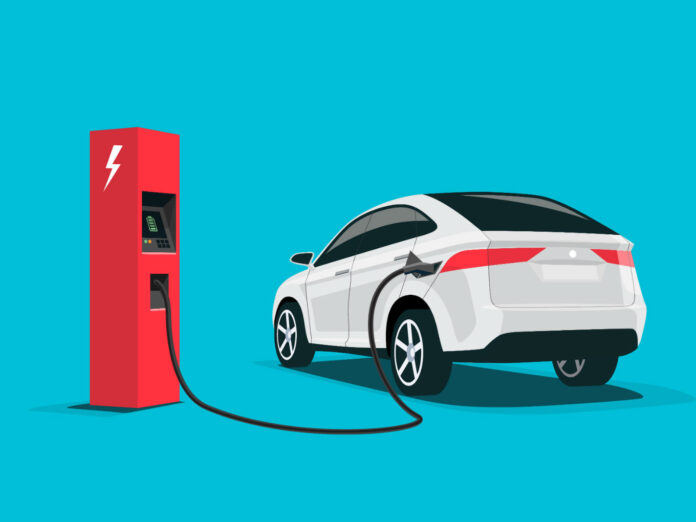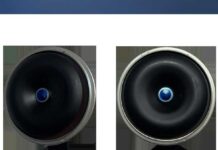
The Indian government’s Faster Adoption and Manufacturing of Electric Vehicles (FAME) scheme has been instrumental in promoting the adoption of electric vehicles (EVs) in the country. However, the Finance Ministry has raised concerns about extending FAME 3 subsidies for electric vehicles beyond the current fiscal year.
Evaluating the Necessity
Government officials have pointed out that major electric two-wheeler manufacturers, the primary beneficiaries of FAME I and II, no longer require additional government support. The heavy industries ministry has proposed extending subsidies for EVs under FAME III, with a higher allocation for another five years, to further boost electric and alternate fuel vehicle sales.
FAME I was allocated INR 895 crore and was in force from 2015 to 2019. The allocation was significantly increased to INR 10,000 crore for FAME II, covering the period from 2019 to 2024. While FAME III is anticipated to receive an even higher budget, the specific segments it will target have not been finalized.
A Maturity in the EV Market
There is a growing belief within the government that the electric vehicle market has matured significantly. Additionally, support is already provided through performance-linked incentives for battery and auto component manufacturing. The heavy industries ministry is in discussions with the Finance Ministry, and a final decision on the FAME III proposal will be made after evaluating the penetration of EVs in the country, the support required, and the availability of funds.
As of August 1, over 753,000 electric two-wheelers (e2Ws) have been supported under FAME II. The program primarily focuses on supporting the electrification of public and shared transportation, offering subsidies for 7,090 e-buses, 500,000 electric three-wheelers, 55,000 electric four-wheeler passenger cars, and 1 million e-2Ws. Among these, the sales of buses and two-wheelers have been closest to the scheme’s original targets.
Scrutiny of FAME II
FAME II faced scrutiny when several electric two-wheeler companies were found to be non-compliant with the localization clause. A government investigation led to the disqualification of seven EV companies from the program and the recovery of wrongly claimed subsidies.
FAME I had supported about 278,000 EVs, with a total demand incentive of around INR 343 crore. Additionally, 465 buses were sanctioned to various states under this scheme.









